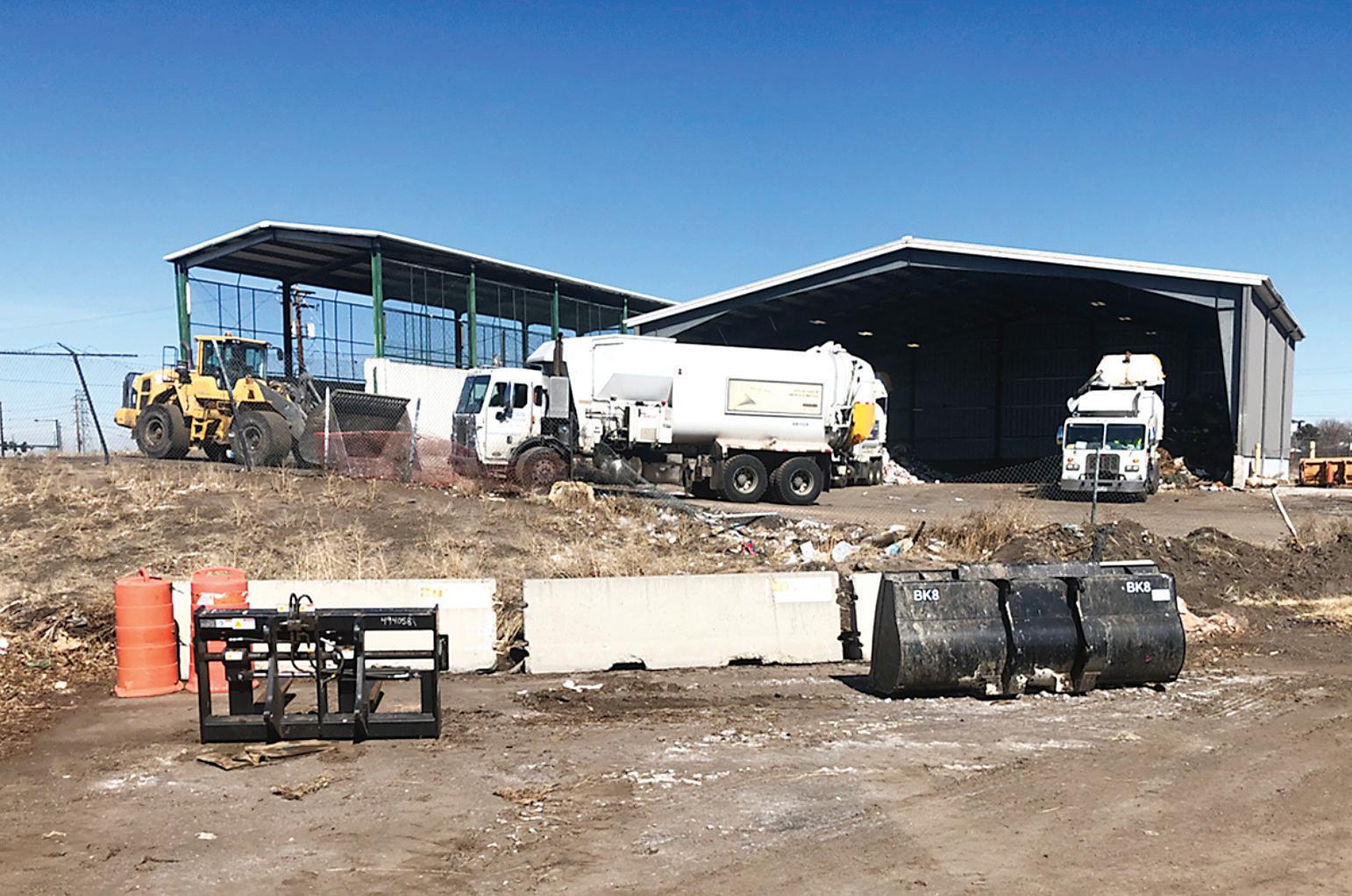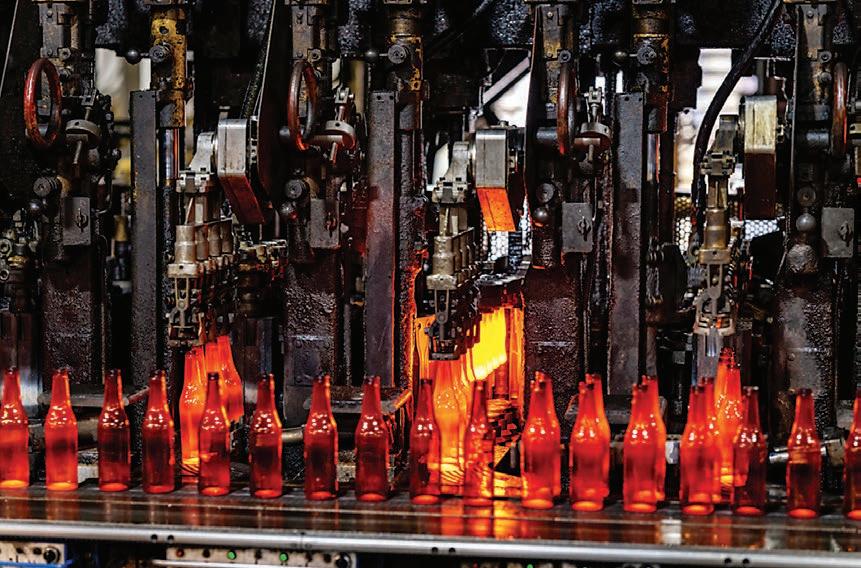
1 minute read
The potentially everlasting life of a bottle on a Colorado journey
Bottles of beer from local breweries pack the cold cases of liquor stores across Denver. But what happens to the glass bottles after customers enjoy their liquid contents?
e city of Denver is encouraging residents to put them in purple recycling bins at no cost—underscoring that suggestion by starting a new program to charge for solid waste— i.e. trash—destined for land lls.
Beer bottles, along with yogurt containers, cardboard, cans, and other recyclable items, go into one bin, called single stream, which is picked up by a large white truck and taken to a massive sorting facility in southeast Denver.
Once there, as Vanessa Lacayo, spokesperson the city’s Department of Transportation and Instructure explains, trucks are weighed and then empty their loads in barns that correspond with the contents including stalls for garbage, recycling, and compost.
e goal is to reduce the waste that’s diverted to land lls, according to Nina Waysdorf, the Waste Diversion and Recycling Manager for the city. She said that about 75 percent of the city’s residential waste stream could either be recycled or composted, but only about 25 percent is currently diverted. “A huge gap” that she says is calculated by audits they perform in which they pick apart the trash and measure what is not being recycled.
Lacayo adds that glass is highly recyclable and can be turned into new e materials that Denverites put in their purple recycle bins, including beer bottles, are taken from one of barns at the city’s collection center by a trailer truck to a materials recovery facility, or MRF, in north Denver, about eight miles away. At the MRF, which is a Canadian company called GFL, the materials are sorted into di erent groups—glass, plastic, aluminum, and paper. e journey of the glass bottle continues after being sorted from other recyclables at GFL. It then gets taken to a company called Glass to Glass, in Broom eld, Colorado, where all non-glass materials, like metals, labels and adhesives are removed. is facility is owned by O-I, a global manufacturer of bottles. Robert Hippert, the Sustainability Strategy Leader for the company, said that they receive MRF material streams from several di erent facilities in the greater Denver area. e glass is sorted by color—amber, green, and clear. en Glass to Glass produces what’s called “cullet,” small pieces of recycled glass that can be heated and made into new bottles. ose cullet pellets could either go to a facility that serves Molson-Coors in
According to the Glass Packaging Institute, glass is 100 percent recyclable and can be reused endlessly without loss in quality or purity. But across the nation, people recycle only about one-third of all glass they could.
Chemical & Engineering News reports that some European countries recycle more than 90 percent of their glass.












